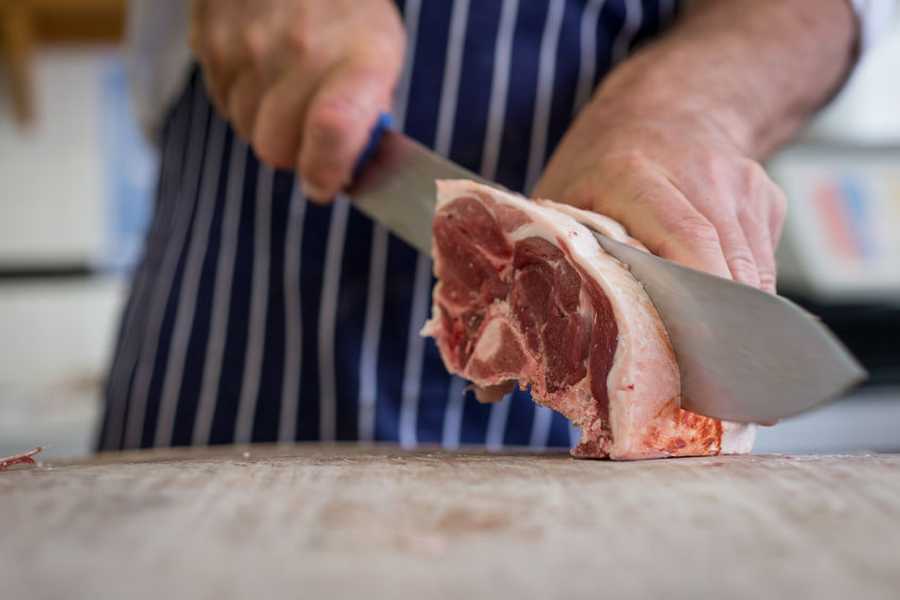
Environment Secretary Elizabeth Truss today welcomed the growing global appetite for British meat which last year generated £1.27 billion to the UK economy and committed to exploring new markets to meet growing demands for British meat as she met with representatives from the International Meat Trade Association (IMTA).
As part of a tour of London’s historic Smithfield Market today (Thursday 14 January) she discussed the upcoming Great British Food Unit which will provide practical help and expertise, particularly for those producers trying to gain access to new markets for the first time.
The government has already made it easier for food producers and farmers to export by bringing in a 24-hour turnaround time for export health certificates, speeding up the process of exporting British products abroad.
Alongside this the latest statistics highlight the growing appetite of British meat around the world:
• Demand for the UK’s chicken, pork, beef, veal and lamb has boosted total meat exports over the last four years by 20%, from just over £1 billion in 2010 to £1.27 billion last year.
• Exports of pork to China have rocketed since the UK Government opened up trade agreements in 2012. Five years ago, this was worth £1million a year – now the UK exports £31 million of pork to China a year.
• Chicken and other poultry is proving popular outside of the EU, mostly due to exports to South Africa which increased from £5m in 2010 to £36m in 2014.
Elizabeth Truss said: 2016 is the Year of Great British Food and we will be taking every opportunity to showcase British food around the world. Opening new export markets is a central part of our ambition for UK food and farming to lead the world.
“I look forward to working with industry to make the most of new markets overseas to ensure all food producers, large and small, can make the most of these opportunities attracting more business and growing jobs across the country.”
Following the tour of the market to see the variety of British meats available, she also enjoyed a Great British breakfast.
The International Meat Trade Association represents importers, exporters and wholesalers and is also a member of the Government and Industry Exports Forum.
By working in partnership with industry the Government will maximise export growth by:
• Using industry and government data to identify and target key markets for export growth that delivers biggest benefit to UK industry.
• Developing business cases for new markets to ensure resources are targeted at best/highest value opportunities.
• Working with industry and representative bodies to ensure that opportunities capitalised on once market access is secured.
• Developing products to meet specific demand in key markets to build UK market share.
Chief Executive Officer of the IMTA Liz Murphy said: “Our members are benefitting from the opening up of the Chinese market to British pork and we welcome the Minister’s commitment to gaining access for British poultry soon and beef and lamb in due course. Exports enable the UK meat industry to maximise returns on the whole carcase.
“IMTA works in partnership with Government through the Export Forum, UKECP and the Poultry ECUG all of which have helped to contribute to the significant growth in exports. Going forward it is critical that this partnership is maintained.”
In addition to exploring new markets overseas for meat consumers are now able to guarantee their meat will be British, thanks to the new rules on country of origin labelling for pork, lamb and chicken that came into force last April.
Food and drink exports from the UK were worth nearly £19 billion in 2014 with well over 10,000 new food and drink products introduced every year - second in the world only to the US. Food and drink remains the UK’s biggest manufacturing sector, with the whole food chain contributing £108 billion a year to our economy and employing one in eight people.
